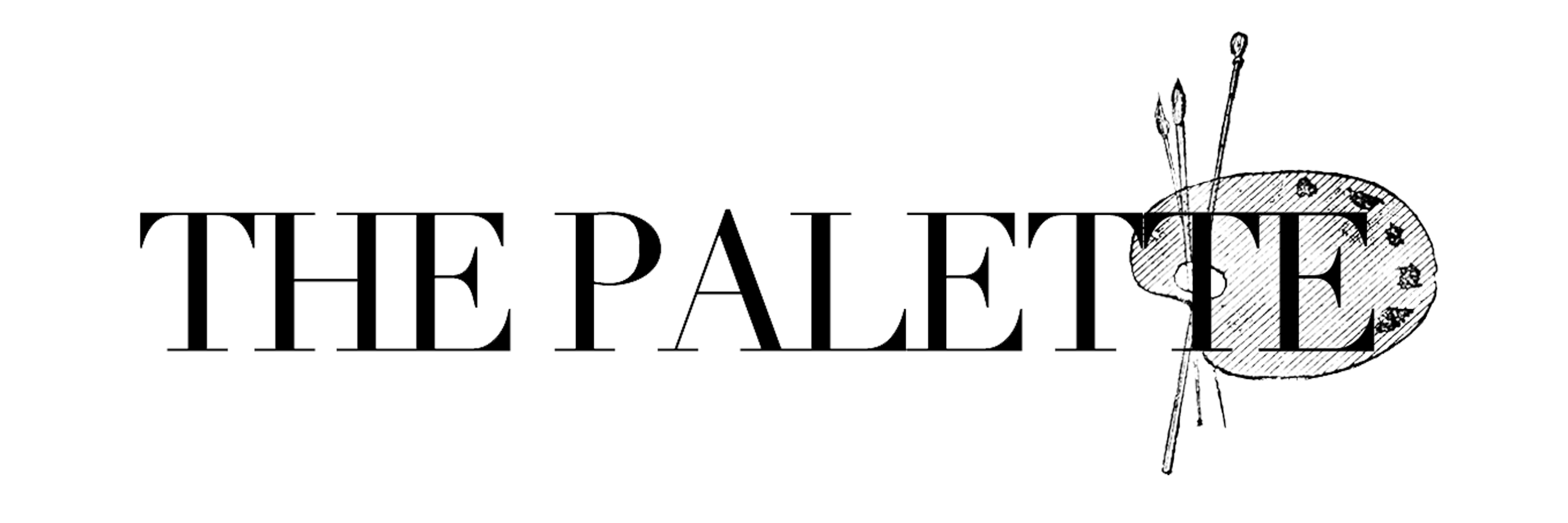As April showers fade into May’s bloom, communities around the world come alive with celebration. Whether people celebrate by dancing around a maypole, stringing leis, or lighting bonfires, May 1st marks a turning point in the year—the beginning of spring across many cultures. But how do these traditions differ, and what do they all mean? How do people in Ireland and Scotland celebrate Beltane, people in Hawaii celebrate Lei day, and people across the world celebrate May Day?
Initially rooted in ancient Roman and Celtic spring festivals, May Day in Europe became known for its flower crowns, ribbon-wrapped maypoles, and festivities that welcomed the fertility of the land. Children danced in circles while townspeople gathered to celebrate nature’s rebirth. In many rural parts of Europe, the May Queen, symbolizing the spirit of spring, was crowned with blossoms. But May Day took on new meaning in the late 19th century. After the 1886 Haymarket Affair in Chicago, May 1st was adopted as International Workers’ Day, a time to recognize labor movements and advocate for fair working conditions. Today, in some countries, May Day is a national holiday marked by marches and speeches alongside floral festivities.
Across the Pacific in Hawaii, Lei Day brings a unique island twist to May 1st. Established in 1929, Lei Day is not a labor holiday. It’s a day to celebrate Hawaiian culture, heritage, and the aloha spirit. Schools and communities host lei-making contests, hula performances, and musical celebrations, all centered around the vibrant flower garlands that represent love, friendship, and connection. Each Hawaiian island has its own designated lei and color. O‘ahu’s is the fragrant yellow ‘ilima, Maui has the deep pink lokelani rose. Lei Day is a time to give and receive leis, often as symbols of peace, welcome, or memory.
In ancient Celtic tradition, Beltane actually marked the start of summer. Celebrated in Ireland, Scotland, and the Isle of Man, it was one of the four major fire festivals of the year. Bonfires were lit on hilltops to honor the sun’s growing strength and to protect cattle and crops for the coming months. Beltane was about fertility, protection, and passion. Couples would jump over the flames for luck, homes were decorated with hawthorn and rowan, and rituals were performed to invite abundance. Though the tradition nearly faded, modern pagans and cultural revivalists continue to celebrate Beltane with fire dances, music, and reenactments of May Queens and Green Men, symbols of nature and rebirth.
Despite their differences, May Day, Lei Day, and Beltane all share something: a celebration for renewal. Whether through flowers, flames, or festivities, they reflect humanity’s deep-rooted need to connect to the earth, each other, and hope. As the seasons shift, these traditions invite us to pause, celebrate life, and maybe even dance in the sunshine. So this spring, whether you wear a flower crown, string a lei, or simply take a deep breath of spring air, know you’re taking part in a much older, much broader story.










